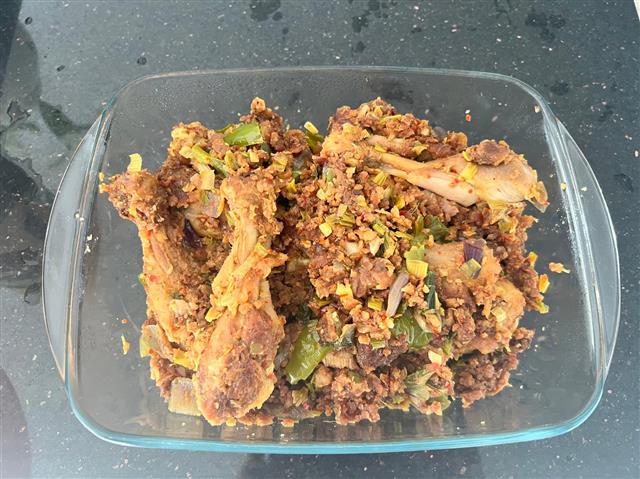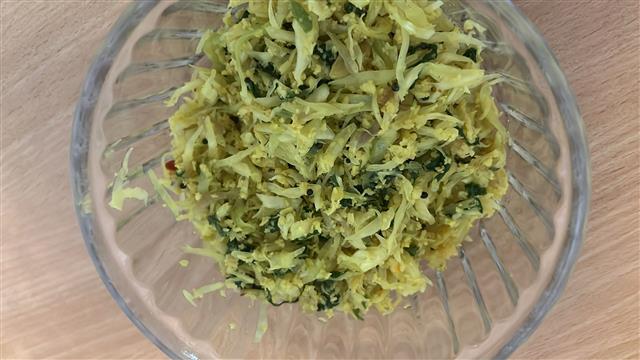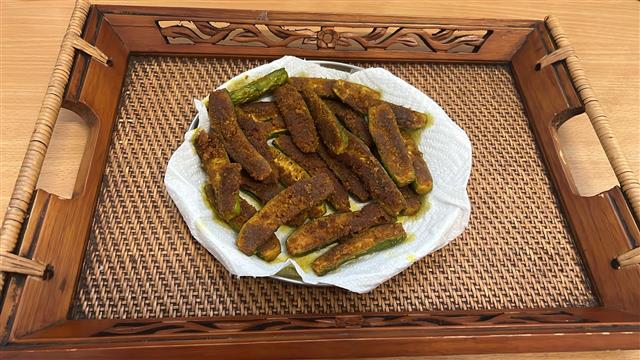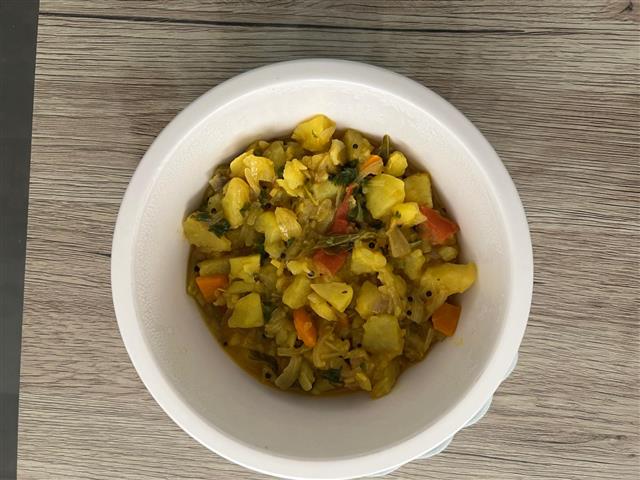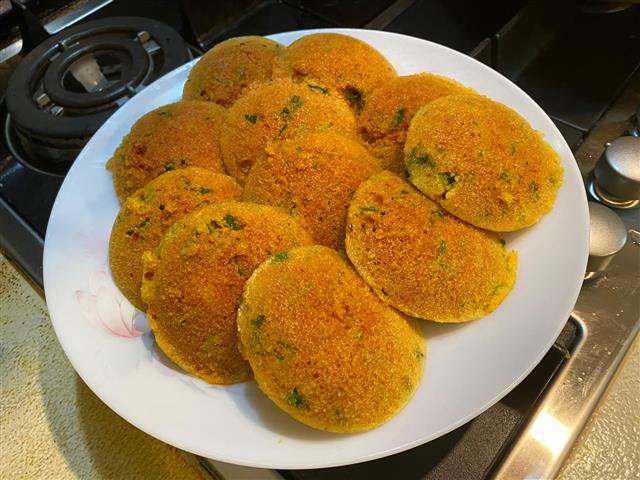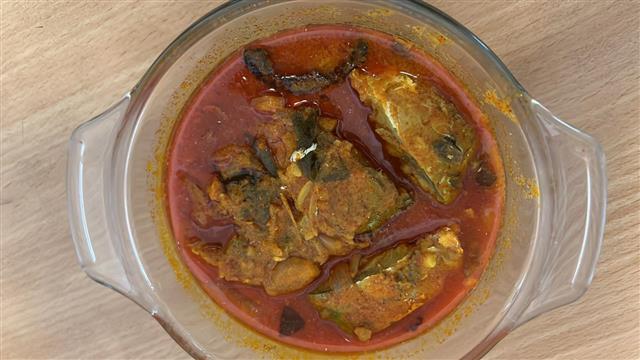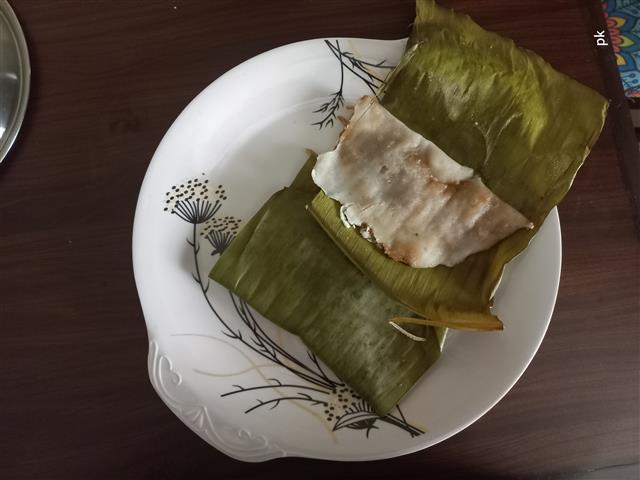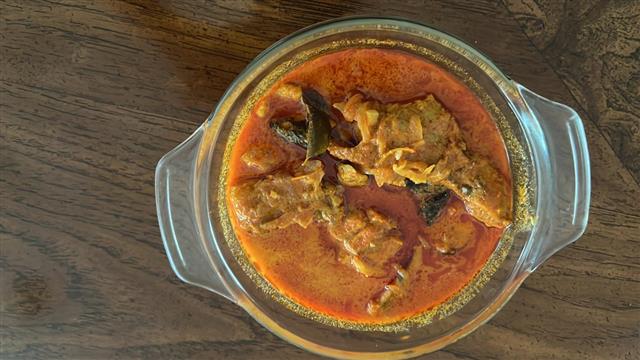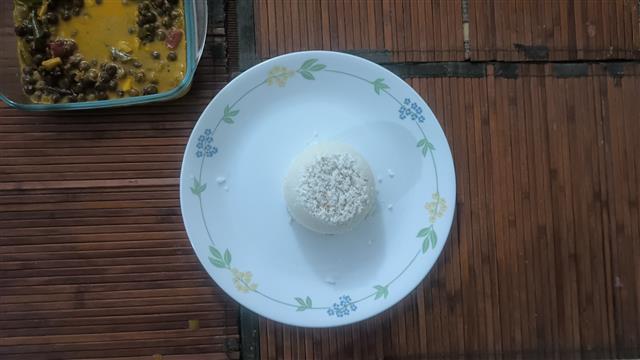
Chapati Recipe (Soft and Fluffy Indian Flatbread)
(4 reviews)
Made with just three ingredients, this traditional flatbread of India, made with Indian whole wheat flour, is one of the comfort foods that Indians can't live without. Chapati is an unleavened flatbread and therefore can be made instantly in less than twenty minutes. What's more, the soft, light, and slightly flaky texture of the chapati makes it an excellent accompaniment for all Indian side dishes or curries.
Ingredients
Directions
- In a large mixing bowl, combine whole wheat flour and salt. Gradually add warm water and knead into a soft, smooth dough. Add oil or ghee and knead for another 5 minutes. Cover and let it rest for 30 minutes.
- Divide the dough into equal-sized balls. Lightly dust with flour and roll each ball into a thin, round disc.
- Heat a tawa or pan over medium-high heat. Place a rolled chapati on the hot pan. Cook for 30 seconds, then flip when bubbles appear. Cook the other side for 30 seconds, then flip again and press gently until it puffs up. Remove and apply ghee or butter if desired.
- Serve hot with curry, dal, or yogurt. Enjoy your soft and delicious chapatis!
Cooking Tips
Make sure to cook on medium-high heat, or else the chapati can get dry. If cooked on high heat, it gets burnt easily. On the other hand, if cooked on low heat, it will get crispy and hard.
Do not flip it with a sharp spatula, as it will create poke holes in them and prevent them from puffing. Wooden spatulas and cloths are good choices to consider.
The flame should be low heat in between making chapatis, as the pan will get too hot.
Once it starts cooking, look for light brown spots on the bottom before flipping
How to Serve
Chapathi can be served with most of the curries, which include both vegetarian and non-vegetarian options. Dal, stews, and roast gravy all go well with it. You can even use it to make wraps and rolls.
The Story Behind Chapati Recipe (Soft and Fluffy Indian Flatbread)
Though chapati is the most common fare that Indians make on a daily basis, getting it right is a different matter. I have tried numerous times and have failed equally, as most of my chapatis used to be hard and just didn't have the texture for which they were known. I wondered where I was getting it wrong. And that was when I got hold of this recipe. With this recipe, you can be assured that you will get the soft ones.
Chapati has its origin dating back thousands of years in the Indian subcontinent. Chapati comes from the Hindi word "chapat," meaning "slap." It refers to the traditional method of slapping the dough between palms to flatten it.
Pro Tips for Perfect Results
When you are mixing up the wheat flour, warm water, and ghee, you should knead the dough for 1 to 2 minutes or until the dough is soft but not sticky and crumbly.
You may need to add more water based on the humidity levels. If the dough feels a bit stiff or dry, wet or oil your hands while kneading.
Roll the dough evenly and concentrate more on rolling out the edges. You should roll from the center outward, while rotating the dough frequently.
Chapati Recipe (Soft and Fluffy Indian Flatbread) Variations
In Maharashtra and some areas of Karnataka, chapathi is layered similarly to regular paratha. But then it uses less oil and ghee. Phulka, which is a super-thin chapathi that puffs up completely over an open fire. Tandoori roti, which is cooked in a tandoor oven Rumali roti, which is a paper-thin and large chapathi Missi roti, which is made with a combo of wheat and gram flour Akki roti which is Karnataka-style with rice flour
Storing & Reheating Tips
Leftover chapati can be stored in an airtight container for 1 to 2 days in the refrigerator. To reheat, keep the cold chapati on a plate lined with a damp paper towel and microwave for about 15-20 seconds until warm.
Common Mistakes to Avoid
Overkneading the chapati dough makes it hard.
Do not knead the dough without adding sufficient water. Otherwise, the chapati will be very dry.
Do not add more flour than necessary while rolling, as it will sometime cause the chapati to stick to the pan.
Frequently Asked Questions
Why is my chapati hard?
There are numerous reasons why chapati can be hard. When the proper amount of water is not added or when it is not kneaded properly, chapati can become hard. Similarly, high heat can also cause it.
Why is the dough tearing while rolling?
This happens when the dough is too dry or hasn't rested properly.
Equipment Needed
Large mixing bowl Clean kitchen towel or cloth Rolling pin Flat pan or griddle
